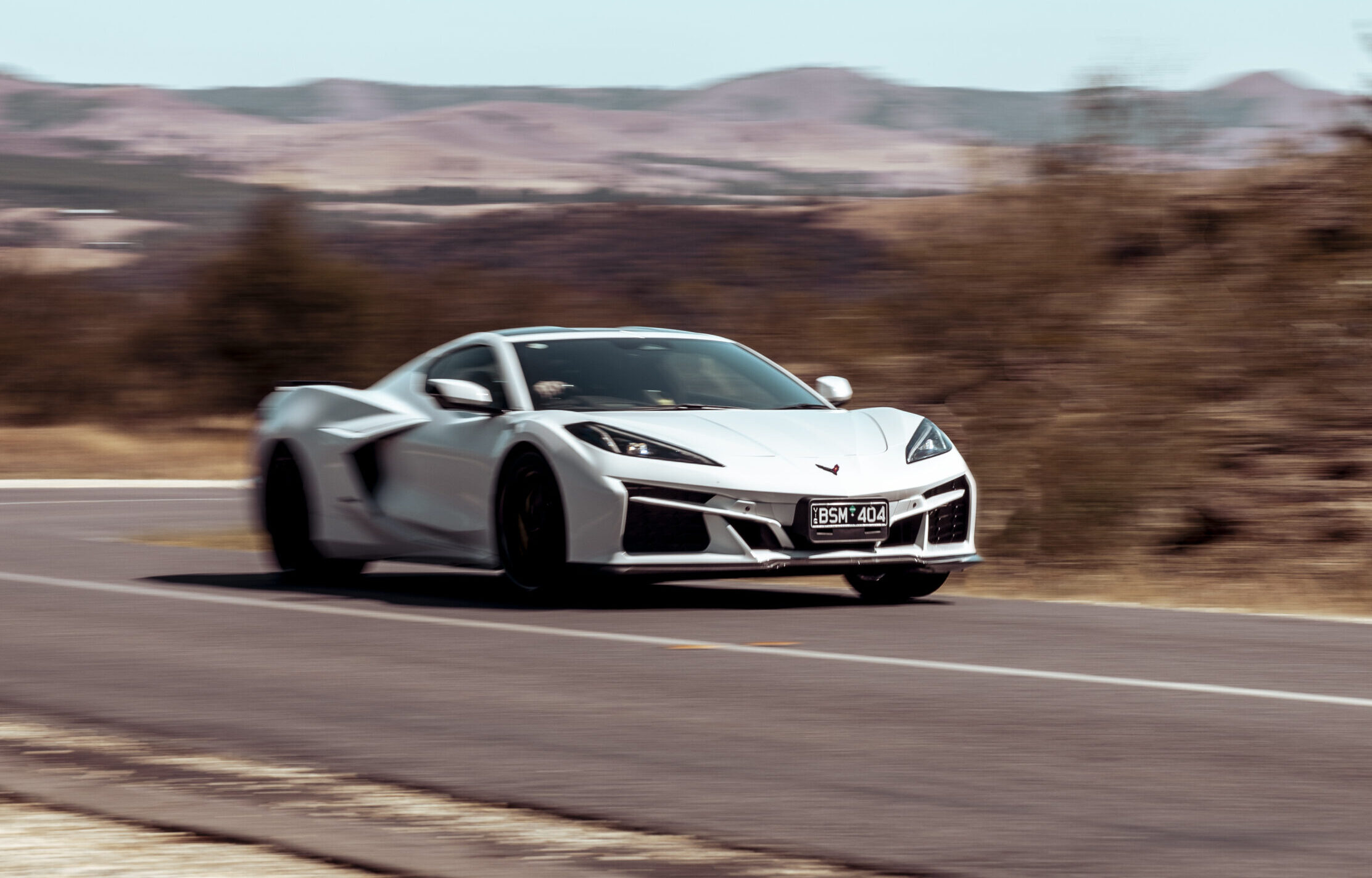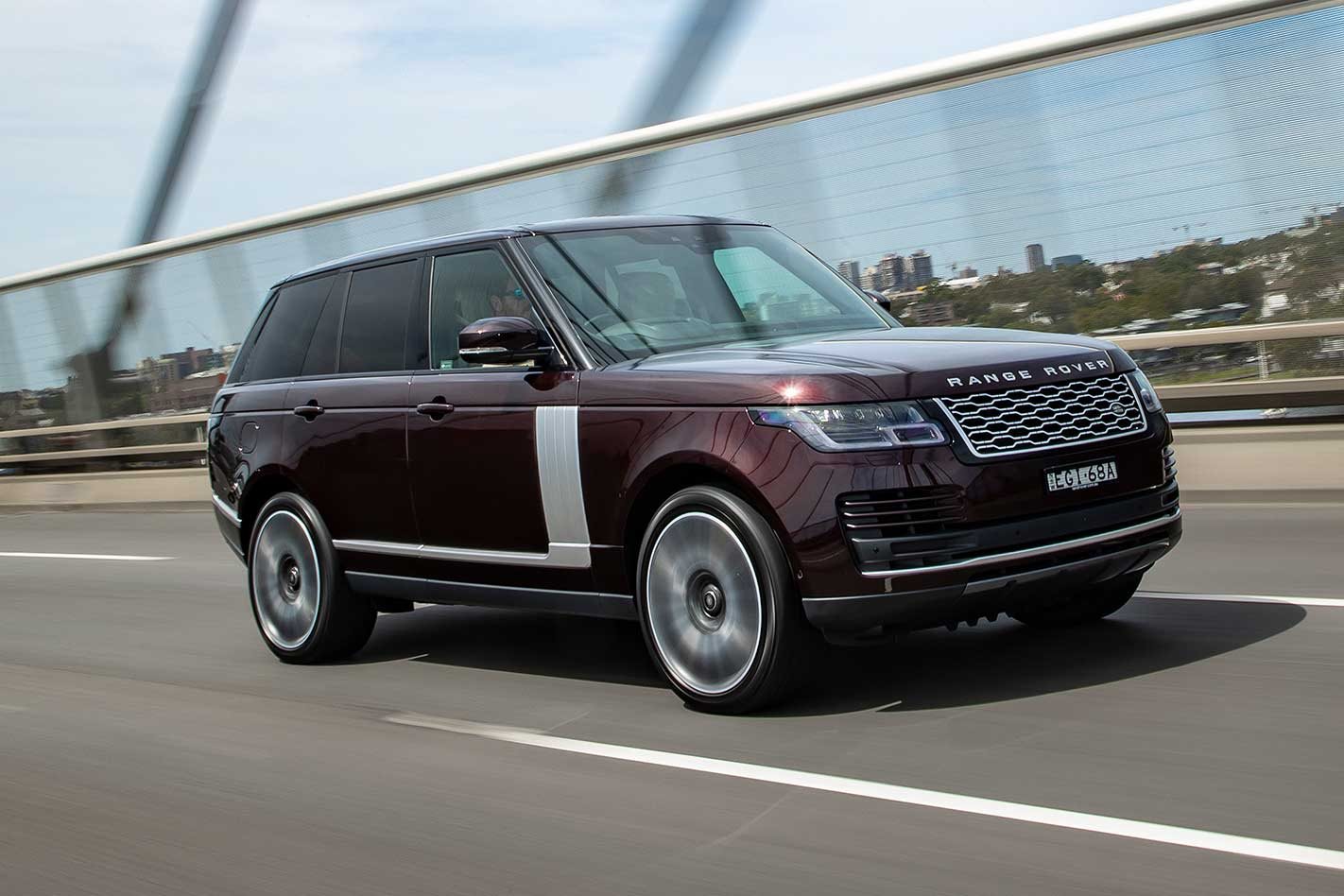
Engine choice used to be quite simple in a Range Rover. If you owned an oil refinery or had a strange fetish for petrol stations you bought the supercharged petrol V8, otherwise the twin-turbo diesel V8 was the pick.These days it’s a bit trickier. Those two options remain, as well as the ‘base’ six-cylinder diesel, but there are a couple of intriguing new choices.
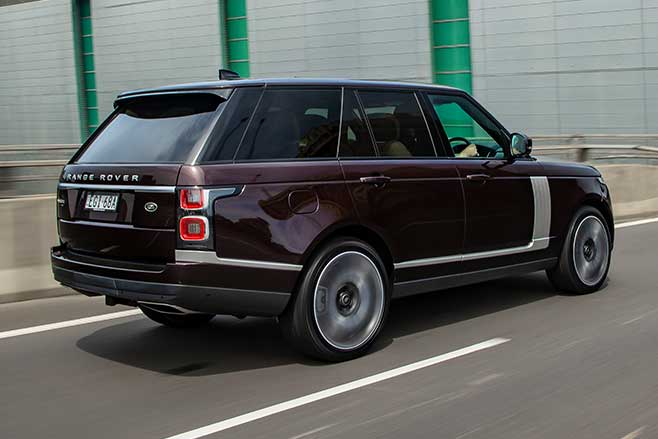
It works, the Rangie charging forward in response to a floored throttle, the slight hesitation as much a function of needing to get 2342kg moving as any engine delay. It’s a mark of the straight-six’s potency that this Vogue still feels rapid, its 294kW/550Nm enough for a 0-100km/h claim of 6.3sec.

The official claim of 9.1L/100km is optimistic, though would be achievable on the highway, but our mixed average of 11.3L/100km isn’t shabby in something this size.
Another positive is the upfront purchase price. Granted, not a huge consideration at this end of the market but choosing the inline-six rather than the blown V8 saves you almost $75,000. Or rather, gives you another $75K to spend on options, of which there are plenty.
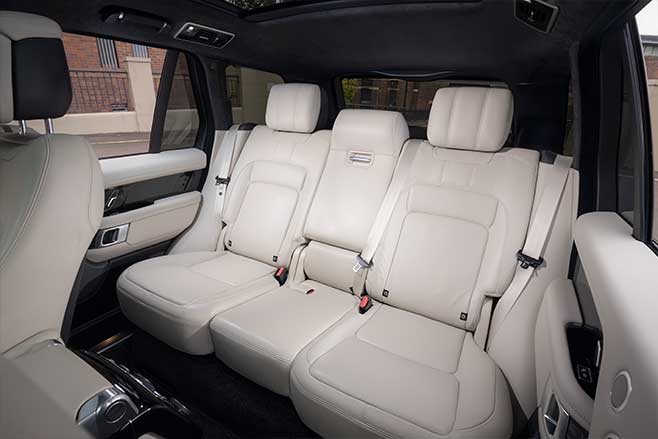
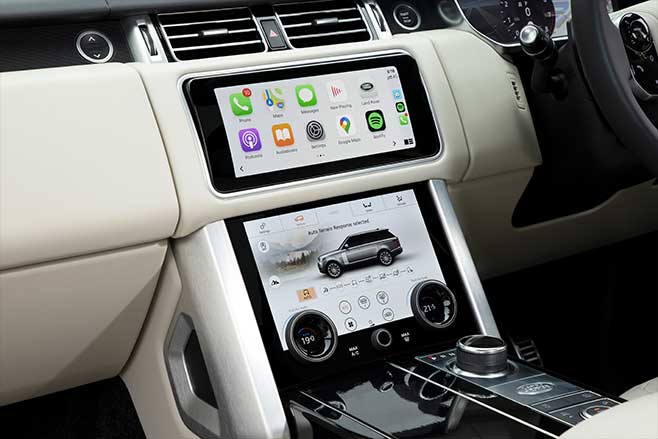
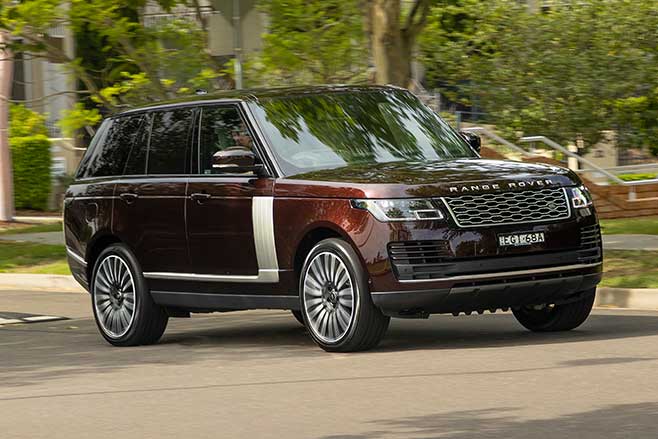
Rating
4/5What you will like Nails the luxury off-road brief; impressive straight-six engine reduces fuel bills
What you won’t Size occasionally creates problems; supercharged V8 more evocativeSpecifications Engine: 2996cc inline-6cyl, DOHC, 24v, twin-turbo, e-supercharger Power: 294kW @ 5500-6500rpm Torque: 550Nm @ 2000-5000rpm Weight: 2342kg 0-100km/h: 6.3sec (claimed) Economy: 9.1L/100km (combined/claimed) Price: $201,031 ($239,956 as-tested)




